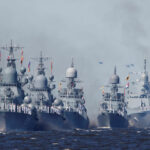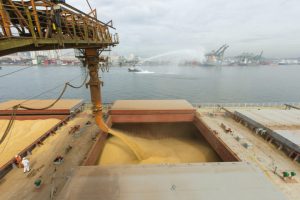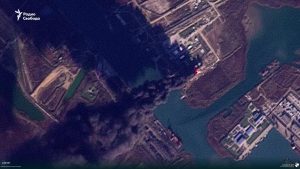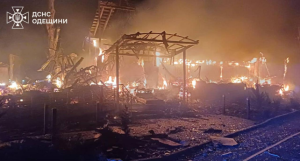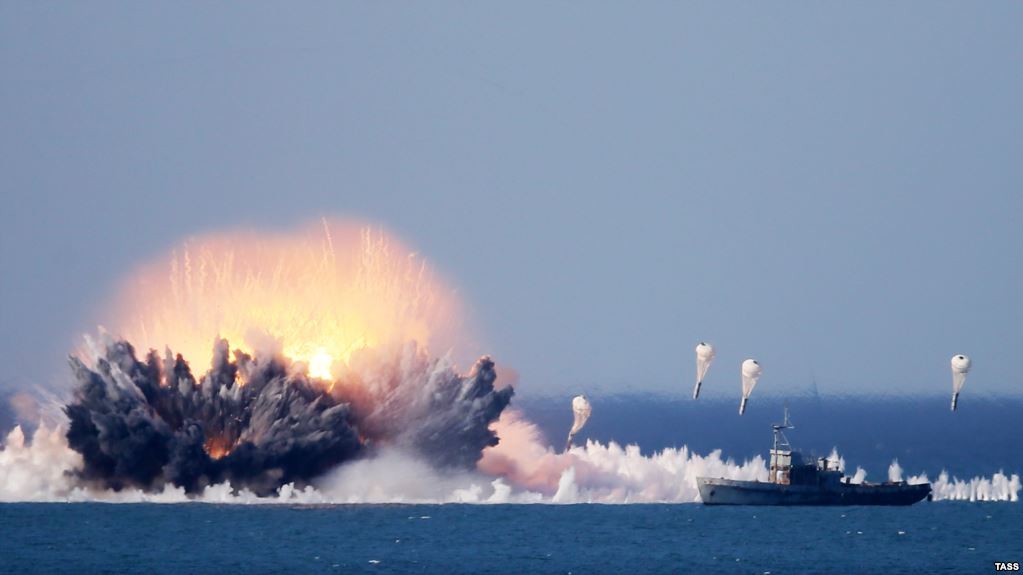Naval blockade: will the merchant fleet be able to get into Ukraine?

The Russian Navy blocks a significant part of the Black and Azov Seas for a week, thereby effectively blocking approaches to Ukrainian seaports. All this is done under the pretext of large-scale military exercises. USM found out exactly how the Russian Federation can prevent vessels from entering Ukrainian ports.
Russia will block three sections in the Black Sea and one in the Azov Sea. This is stated in the bulletin of operational navigation information from the State Hydrography. In particular, the Russian Federation announced the blocking of part of the Black and Azov Seas during the exercises of its fleet from February 13th to 19th.
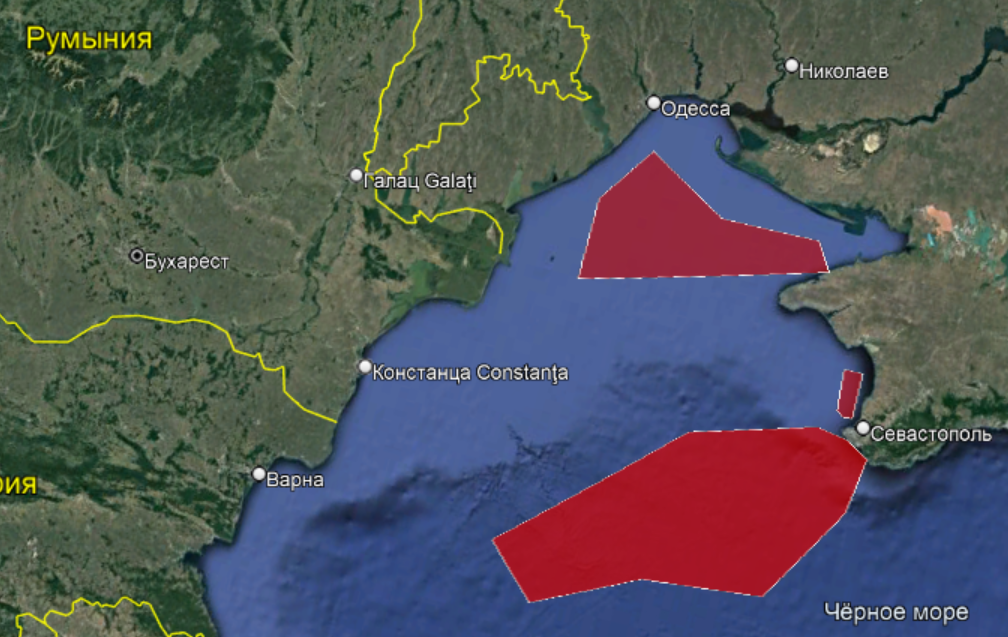
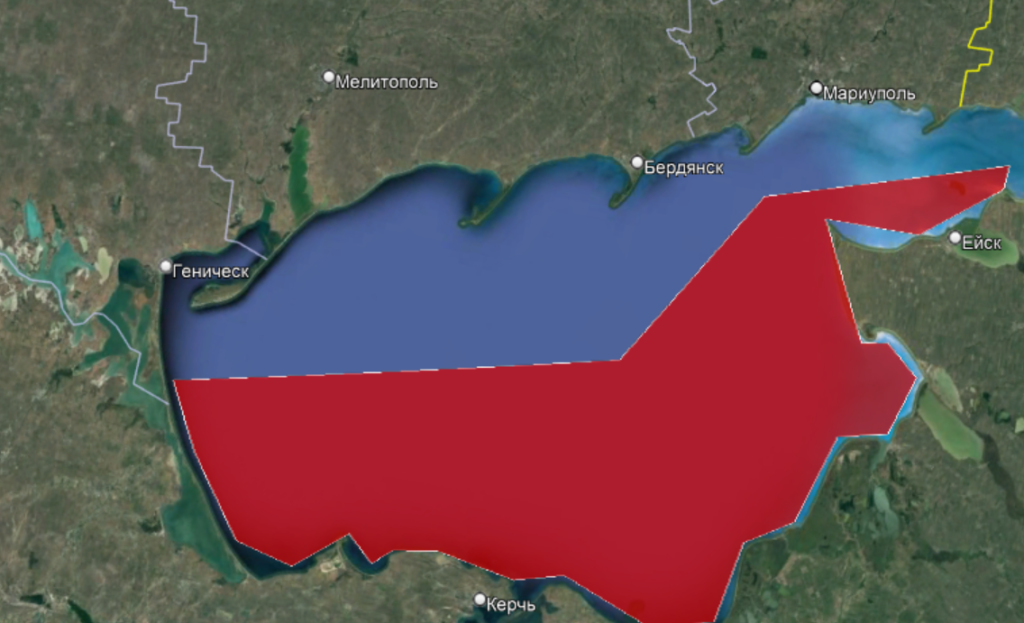
In the Azov Sea, the Russian Federation will block the entire southern part – while closing the Kerch Strait, through which merchant vessels call at the Mariupol and Berdiansk ports. For a week, these ports may be completely left without vessel calls, and those vessels that will be in the ports by the time of the exercises will not be able to leave them.
In the Black Sea, the situation is also extremely difficult: a narrow corridor for the passage to the ports of Odesa, Chornomorsk, Pivdennyi, Mykolaiv and Kherson will remain for the duration of the exercises. Vessels will be forced to navigate between the exercise area and the shore, and the distance that the Russian Federation has left for navigation is about 12.6 nautical miles at its narrowest point.
In fact, Ukraine will only have territorial waters, because the Russian Federation will completely cover the Exclusive Economic Zone of Ukraine with the exercise zone.
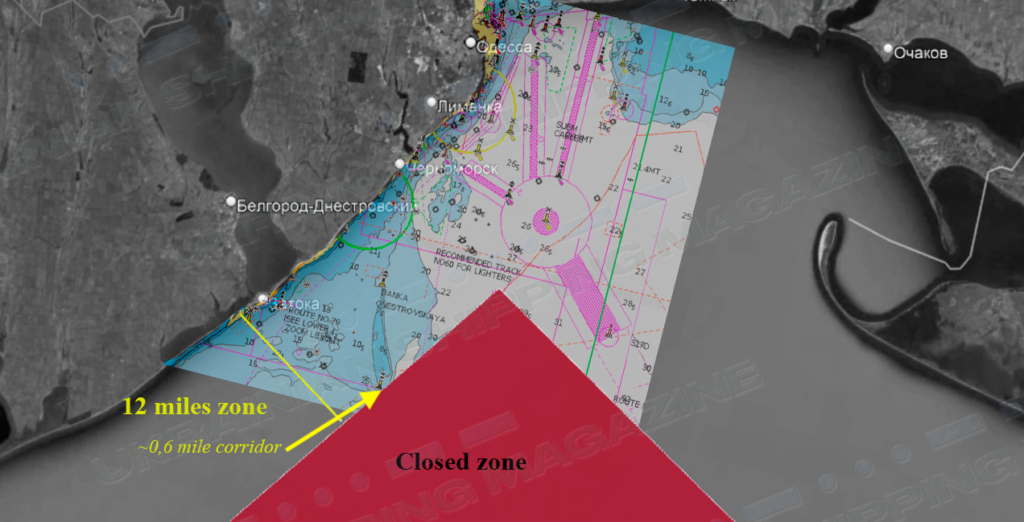
The passage in the zone between the coast and the border of the exercises will bring a lot of problems to navigation. First of all, the depths in some places of the corridor will not allow large vessels to pass to Ukrainian ports and leave them. But the most serious problem is the Dniester Bank with variable depths of only 7-10 m. And the passage of such common types of vessels as panamaxes, supramaxes and handymaxes requires much greater depths.
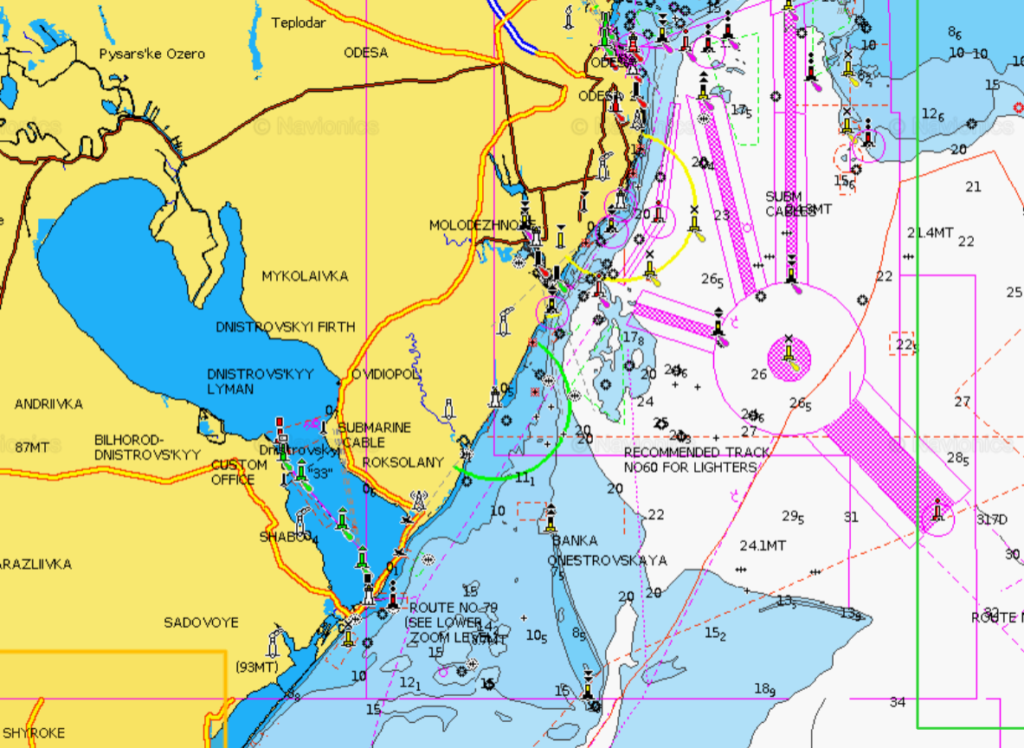
In theory, the Dniester Bank can be bypassed from two sides. From the north – but with draft not exceeding 10 m; from the south – where the border of the bank ends at 11 miles. There is still a narrow (between the bank and the exercise zone), but a deep passage with depths of 20-22 m.
Unfortunately, this passage is only about 0.6 nautical miles wide. In the area of heavy traffic, this will force vessels to let each other pass and lead to delays, even if the Ukrainian authorities fundamentally allow the movement of vessels in this narrow corridor. A separate problem is navigational safety and the risk of a vessel accidentally entering the exercise area – this can be regarded as a provocation.
Movement in “constrained” conditions, at limited depths and the need to pass along the edge of the training and firing zone may be unacceptable for foreign shipowners and insurance companies. This will lead to vessel demmurage, significant costs for charterers and shippers, disruption of contracts and a significant increase in freight rates from/to Ukrainian ports. The maritime blockade will be a serious shock of the Ukrainian economy and its export potential.
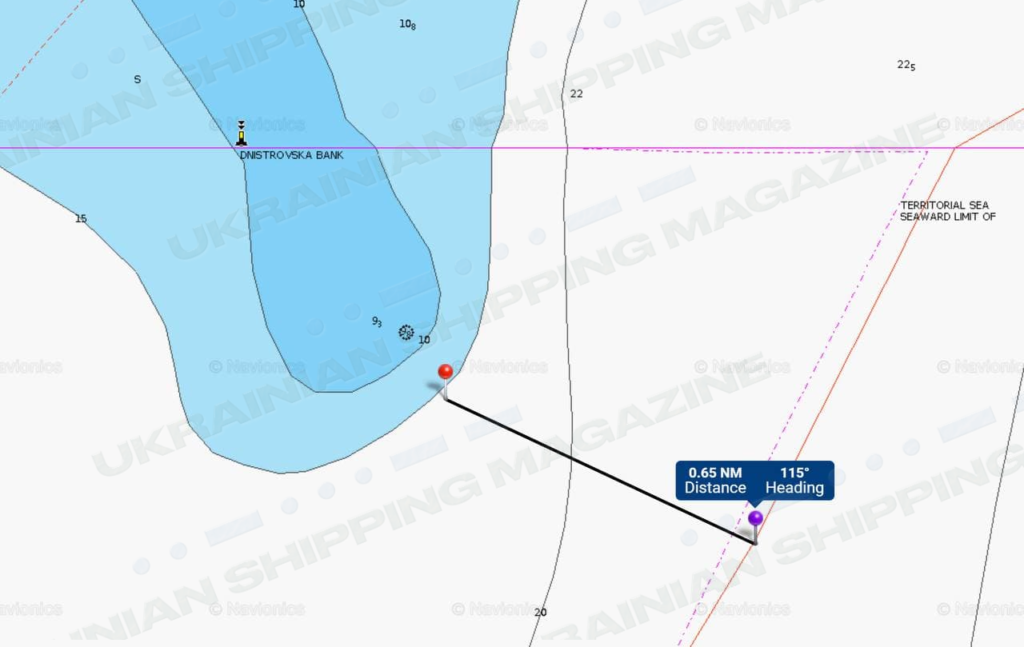
Position of Ukraine
The Ministry of Foreign Affairs of Ukraine has already expressed a “strong protest” in connection with the blocking of parts of the Black and Azov Seas.
“The unprecedented coverage of the maneuvering area, in fact, makes navigation in both seas impossible. We are talking about a significant and unreasonable complication of international shipping, primarily commercial, which can cause complex economic and social consequences, primarily for the ports of Ukraine,” the message on the website of the Ministry of Foreign Affairs of February 10th says.
The Foreign Ministry noted that “Ukraine will work together with partners, primarily the countries of the Black Sea region, so that such actions of the Russian party receive a proper assessment and response.” It is also noted that the actions of the Russian Federation “demonstrate an open disregard for the norms and principles of international law, in particular, the UN Charter, resolutions of the UN General Assembly, and the UN Convention on the Law of the Sea.”
The events were also commented on by the USPA. According to the official statement of the department, from February 13th to 19th, the areas of the Black and Azov Seas are blocked for “combat training activities.”
These areas block the so-called recommended routes for vessels to the seaports of Ukraine, the USPA notes.
“The movement of vessels by the recommended routes to the seaports of Ukraine in the Azov Sea will be blocked for the entire period of these events. As for the ports of the Black Sea basin, the movement of vessels in the Black Sea will only deviate from the recommended routes, bypassing the live-firing zones,” the USPA press service said.
Now the restrictions on the movement of vessels are being processed by specialists, and additional clarifications “will be provided in the near future.”
What do they say in Russia?
At the end of January 2022, the Russian Ministry of Defense announced a large-scale series of military exercises, for which it was planned to use more than 140 ships and logistics vessels in January-February.
“The exercises will cover the waters of the seas adjacent to Russian territory, as well as operationally important areas of the World Ocean,” the Russian Defense Ministry said.
Some maneuvers have already been completed. At the end of January, about 20 ships in the Black Sea, including those from the Russian Northern and Baltic fleets, carried out the live-fire exercises in the Black Sea.
In the coming days, new, the largest exercises in recent times in the Mediterranean and Black Seas will begin.
Also today, on February 10th, the press service of the Black Sea Fleet of the Russian Federation reported that six large landing ships (LLS) of the Russian Navy completed their voyage around Europe and called at Sevastopol. These are LLSs Korolyov, Minsk, Kaliningrad, Pyotr Morgunov, Georgiy Pobedonosets and Olenegorskiy gornyak.
